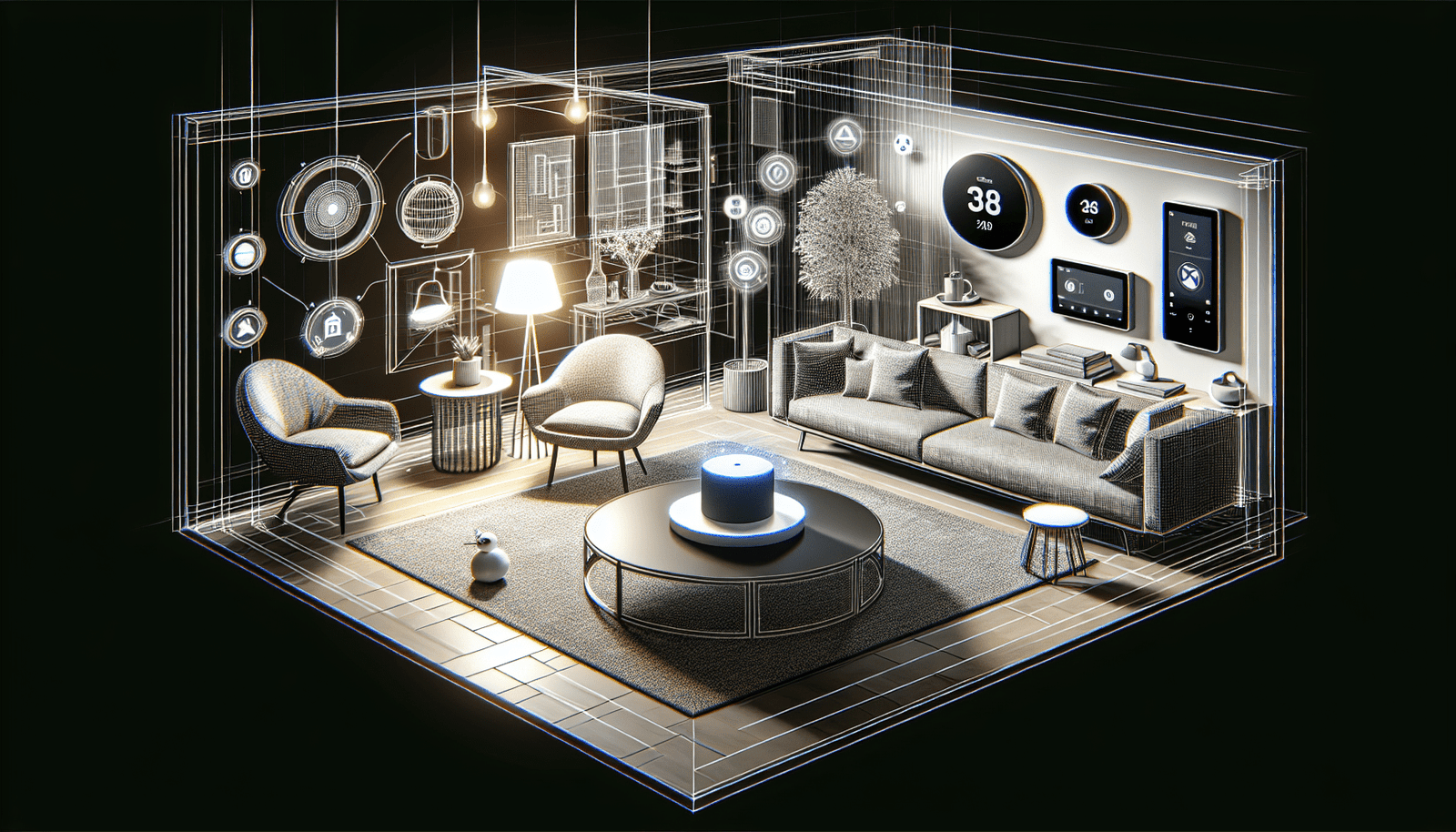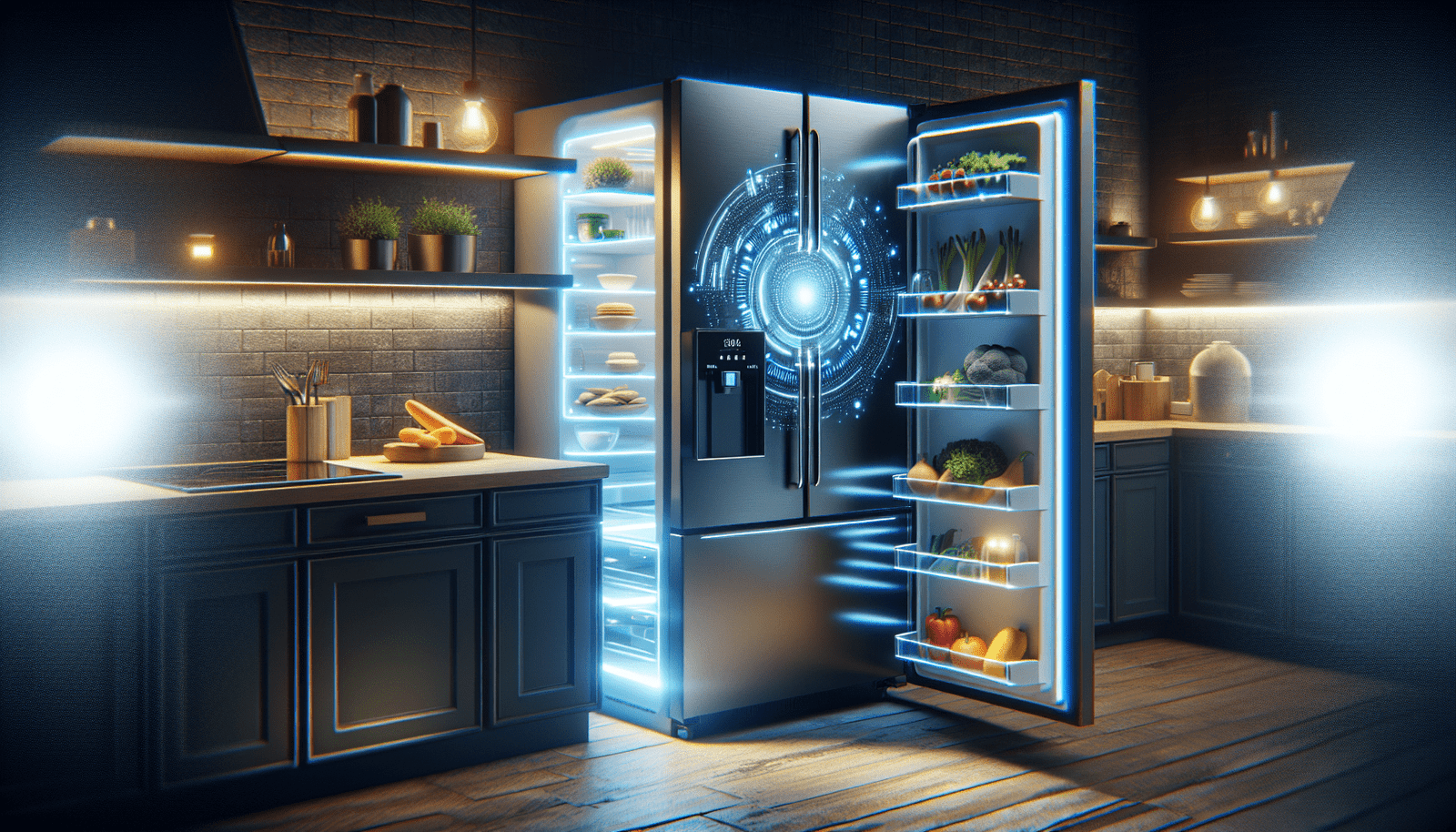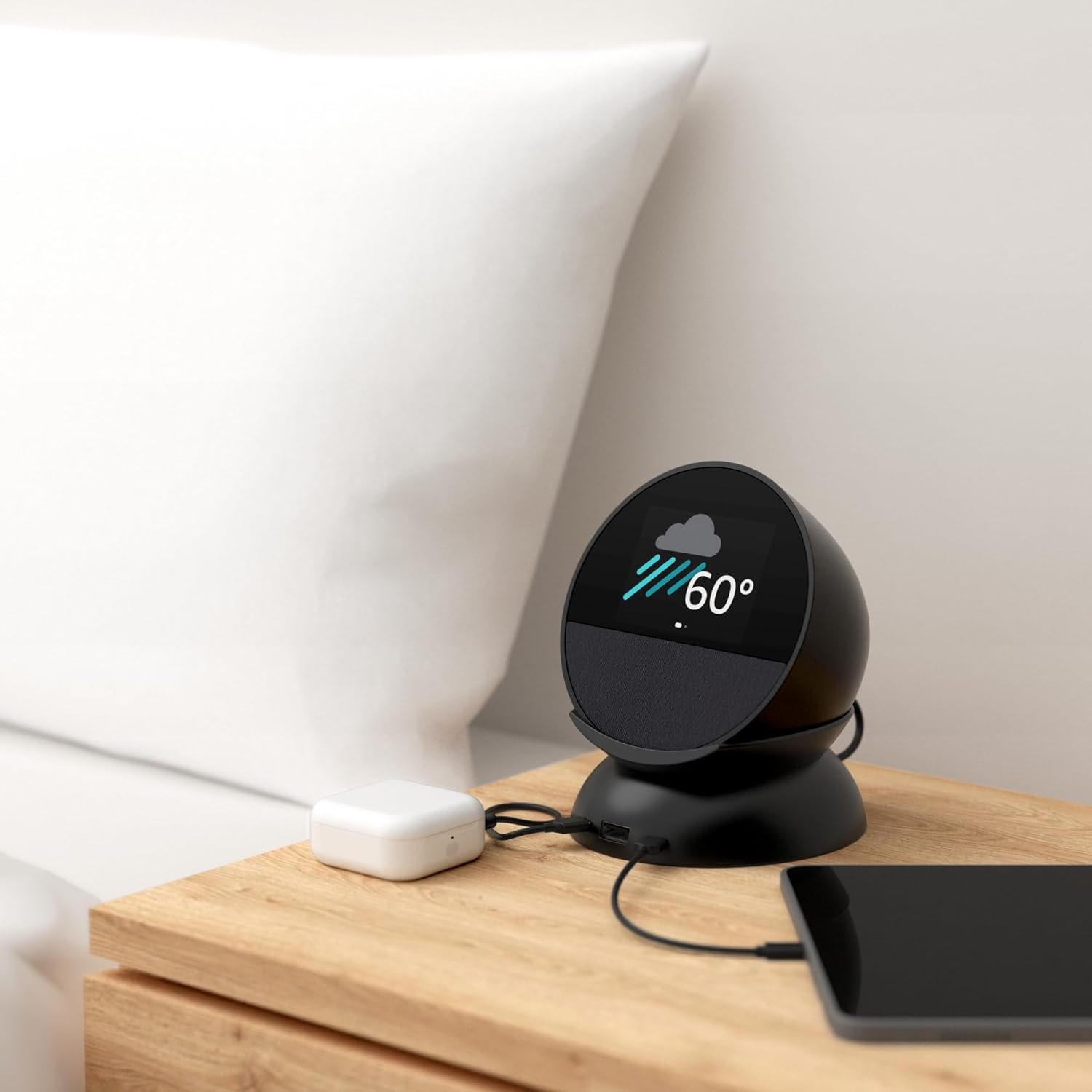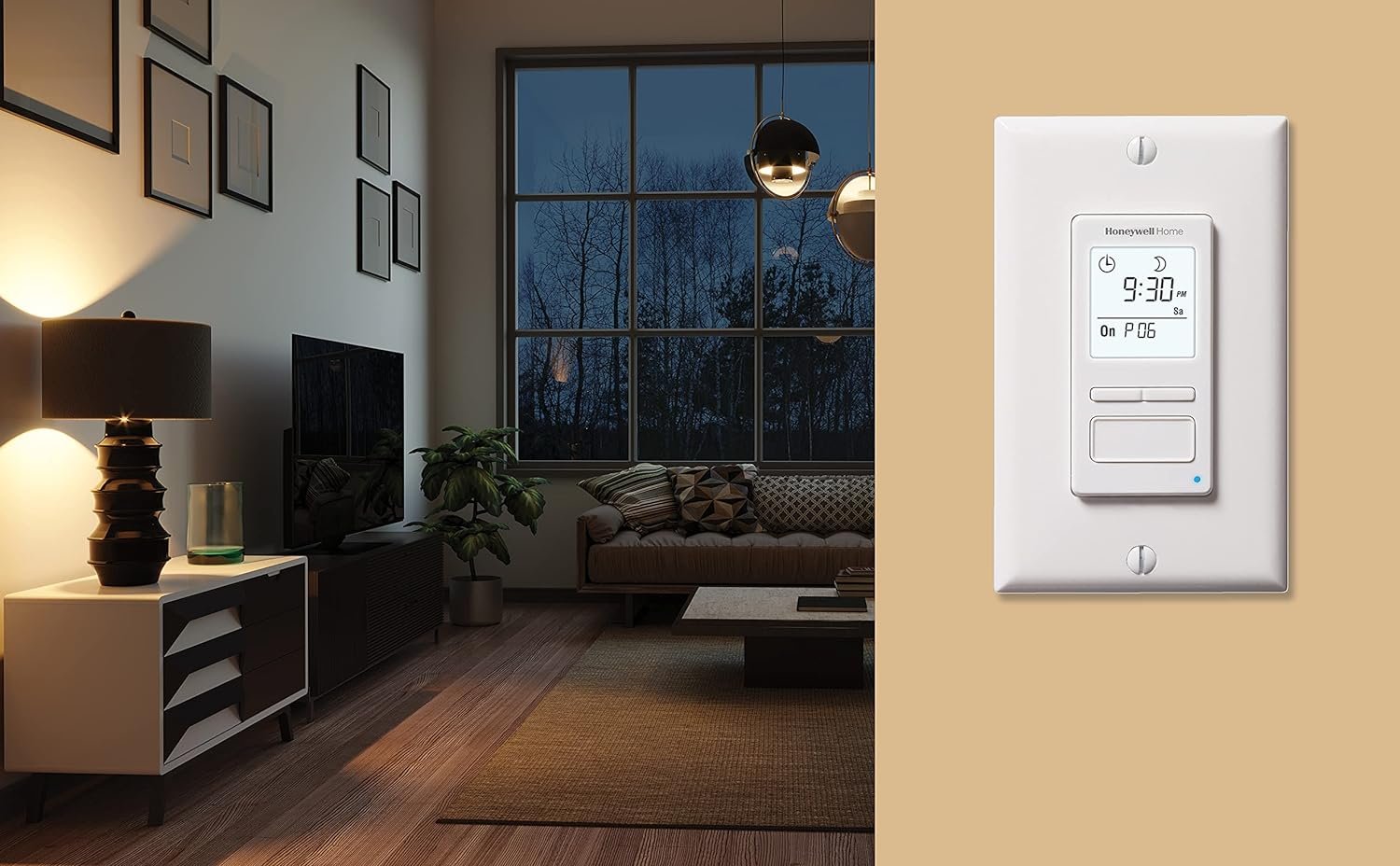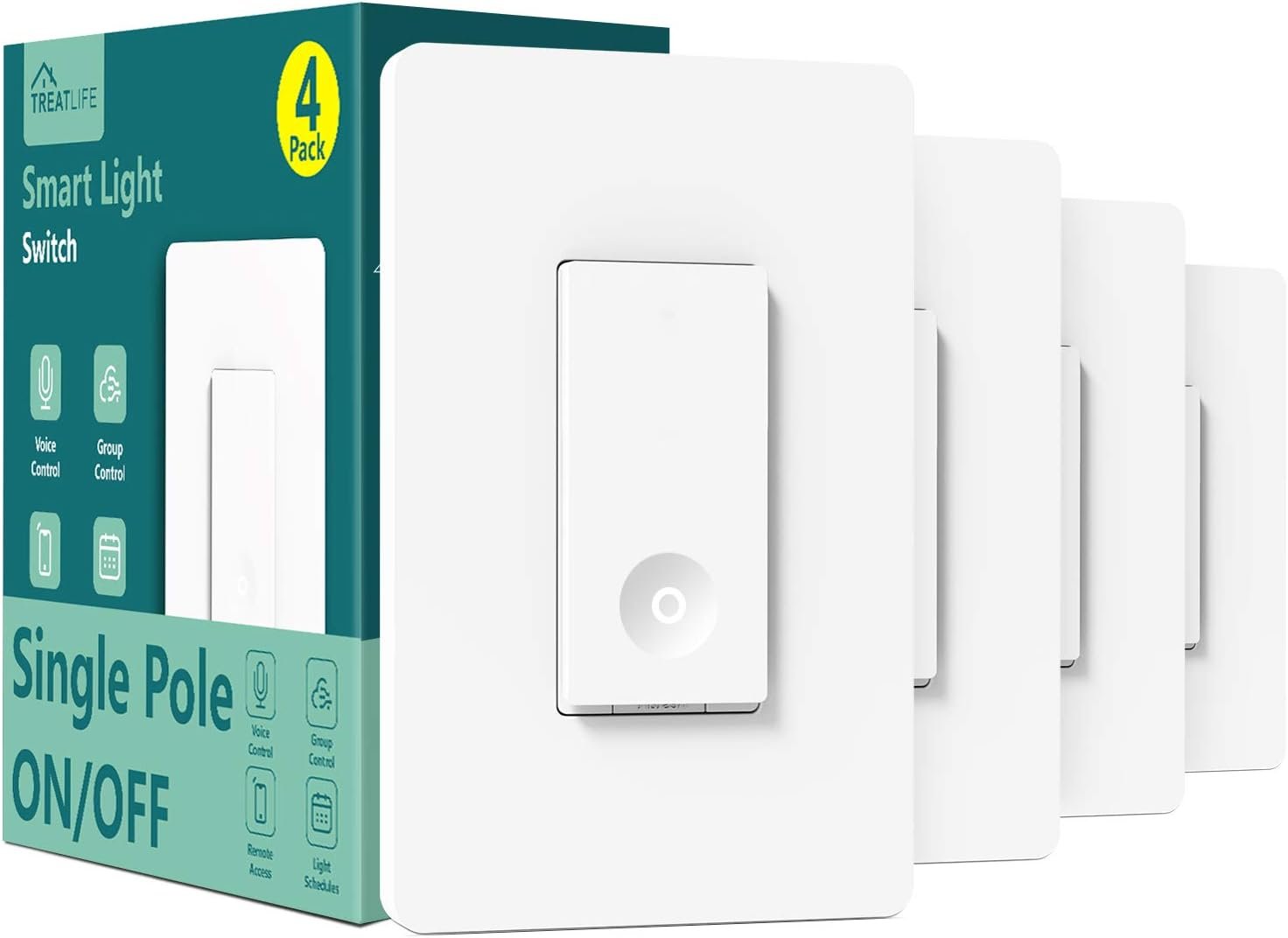Have you ever wondered what it might feel like to live in a home where everything—from your lights and thermostat to your security system and even your coffee maker—is seamlessly connected and controlled at the touch of a button or even a voice command? The concept of smart homes is transforming the way people interact with their living spaces, adding convenience, security, and energy efficiency. But like anything in life, smart homes come with their own set of pros and cons. Let’s explore the advantages and disadvantages of smart homes, and see how they could fit into your lifestyle.
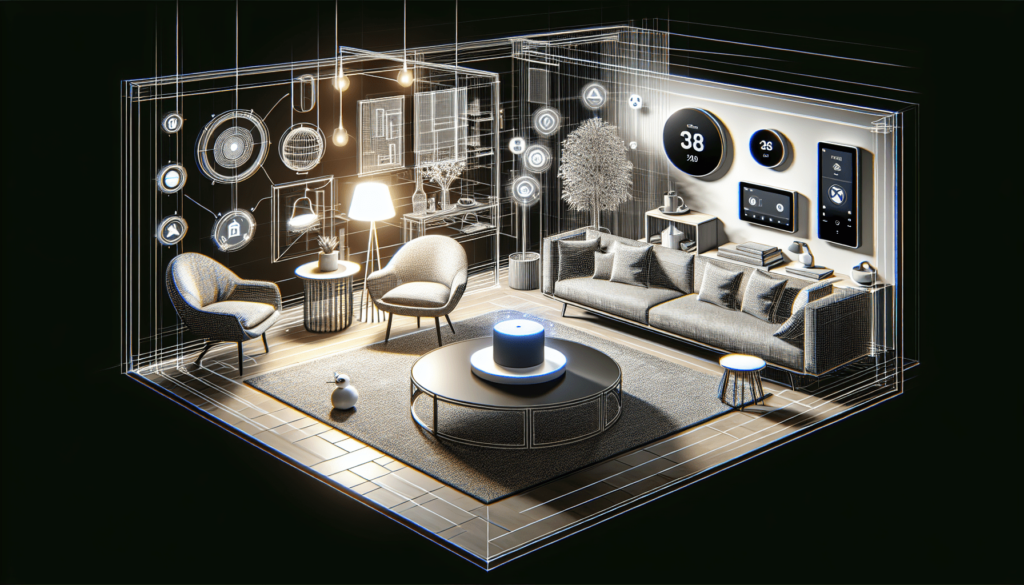
Understanding Smart Home Technology
Smart home technology refers to a residence equipped with devices and appliances that can be controlled remotely via a smartphone, tablet, or computer, and often feature connectivity through the internet. This technology encompasses a variety of devices, such as smart speakers, smart locks, smart thermostats, and smart light bulbs. These devices communicate with each other and with you through a centralized smart home platform or hub.
Definition and Overview
Smart homes integrate advanced automation systems to provide homeowners with sophisticated monitoring and control over functions such as lighting, temperature, multi-media, security, window and door operations, quality of air, and water usage. The core idea is convenience, efficiency, and an enhanced quality of life.
Cost and Value Considerations
While the initial setup cost for smart home devices can be significant, they offer value in long-term savings and potential increases in property value. Expense varies depending on the complexity of the system and the appliances included. For real estate investors, smart technology could be a valuable differentiator in a competitive market, potentially boosting the resale value of a property.
Comparisons and Examples
Consider the difference between a traditional and a smart thermostat. A conventional model simply adjusts temperatures when you manually change it, but a smart thermostat learns your preferences, can be controlled remotely, and optimizes energy usage based on when you’re home or away. This comparison highlights the convenience and efficiency that smart homes aim to provide.
Advantages of Smart Homes
Smart homes offer numerous benefits, primarily centered around convenience, efficiency, security, and connectivity. The following sections delve into these advantages in detail.
Convenience and Automation
Imagine automating morning routines with lights turning on gently, the coffee brewing, and your favorite morning news briefing playing—all happening without lifting a finger. This convenience is one of the keystones of smart home technology, allowing homeowners to spend more time on what matters most.
Energy Efficiency and Sustainability
Smart devices often have features specifically designed to save energy. For example, smart thermostats can adjust settings based on occupancy and habits, reducing energy waste and lowering utility bills. Smart lighting systems can automatically dim or bright based on natural light levels, further conserving energy.
Enhanced Security
Smart homes can substantially enhance your home’s security with features like video doorbells, intelligent cameras, and smart locks. These devices provide peace of mind through real-time alerts and video streams directly to your smartphone when unexpected activity is detected, even allowing remote locking and unlocking of doors.
Increased Property Value
Smart technology can make a property more attractive to buyers. Buyers tend to appreciate the ready-made convenience and forward-thinking technology, which can sometimes translate into higher offers. For real estate investors, installing smart home features could differentiate properties in a competitive market.
Easy Integration with Daily Life
Smart devices are designed to integrate seamlessly with daily routines. Voice-activated assistants like Amazon Alexa or Google Assistant can control smart home systems, making the interaction as simple as speaking a command. This can significantly enhance the quality of life, especially for those with restricted mobility.
Disadvantages of Smart Homes
While smart homes offer numerous perks, they are not without potential drawbacks. Awareness of these challenges can help you make an informed decision about whether a smart home is right for you.
High Initial Costs
The advanced technology of smart home devices often comes with a hefty price tag, which can be prohibitive for many. While prices are gradually decreasing as technology becomes more widespread, the full setup of an advanced smart home system can still require a substantial investment.
Privacy and Security Concerns
With connectivity comes vulnerability. Smart home devices often collect data to function effectively, raising privacy concerns for users. Additionally, since these systems are internet-connected, they can be susceptible to hacking, potentially compromising security.
Compatibility Issues
Not all smart devices integrate seamlessly with one another, especially if they come from different manufacturers. Ensuring compatibility between devices often requires careful research and sometimes the use of a centralized hub or extra equipment to facilitate communication.
Dependence on Internet Connectivity
Smart home systems rely heavily on the internet, which means disruptions in service can impact functionality. Internet outages or slow connections can lead to issues with device control and automation, which could diminish the experience.
Complexity and Maintenance
For those not particularly tech-savvy, setting up and maintaining a smart home system can be complicated. There might be a learning curve associated with getting everything up and running correctly, and ongoing maintenance can require technical updates and troubleshooting.
Making the Smart Home Choice
Considering both the advantages and disadvantages, is a smart home the right choice for you? Several factors should inform your decision, including budget, interest in technology, and specific lifestyle needs.
Evaluating Needs and Budget
Assessing your needs and setting a realistic budget are critical first steps. Are there particular areas—such as security or energy efficiency—where smart devices can make a significant impact? How much are you willing to invest upfront for potential long-term savings?
Practical Setup Guides
When deciding to move forward with a smart home setup, having a clear strategy is beneficial. Start small, perhaps with a few devices that offer the most immediate benefit, like a smart lock or thermostat, and gradually expand as you become more comfortable with the technology.
Security and Privacy Considerations
When integrating smart technology, prioritize devices known for robust security features. Regularly updating firmware and understanding privacy policies can mitigate risks associated with smart home tech.
Energy Efficiency and Compatibility
When selecting devices, favor those with a solid record of energy-saving potential and broad compatibility with common platforms like Apple HomeKit or Google Nest. This approach ensures a well-coordinated smart home system that aligns with sustainability goals.
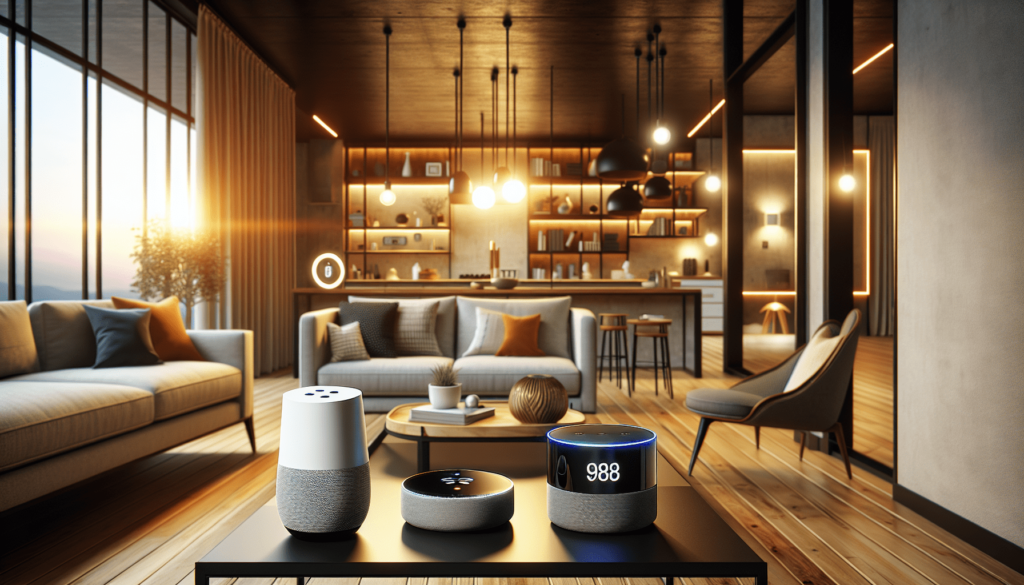
The Future of Smart Home Technology
Smart home technology is continually advancing, making homes more intuitive and anticipating human needs more accurately. As innovation progresses, future trends may include more sophisticated AI-driven systems, improved energy solutions, and more secure and resilient smart home networks.
Future-Proofing and Innovation
Keeping up with the latest trends and innovations is crucial in future-proofing your smart home system. This could mean investing in devices that allow upgrades and adaptations via software updates and embracing emerging technologies poised to revolutionize smart home living.
The journey to creating a smart home is dynamic and ever-evolving, driven by both technological advancements and personal lifestyle preferences. By understanding both the advantages and disadvantages of smart homes, you are in a better position to embrace a future that harmonizes technology and daily living seamlessly.
